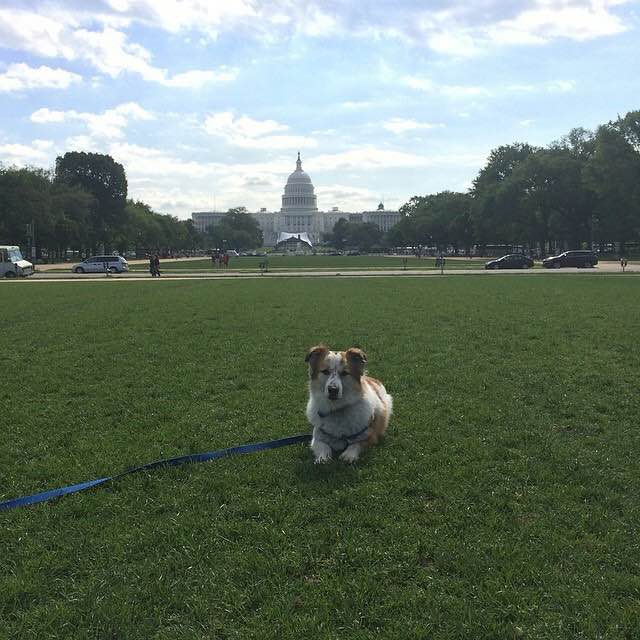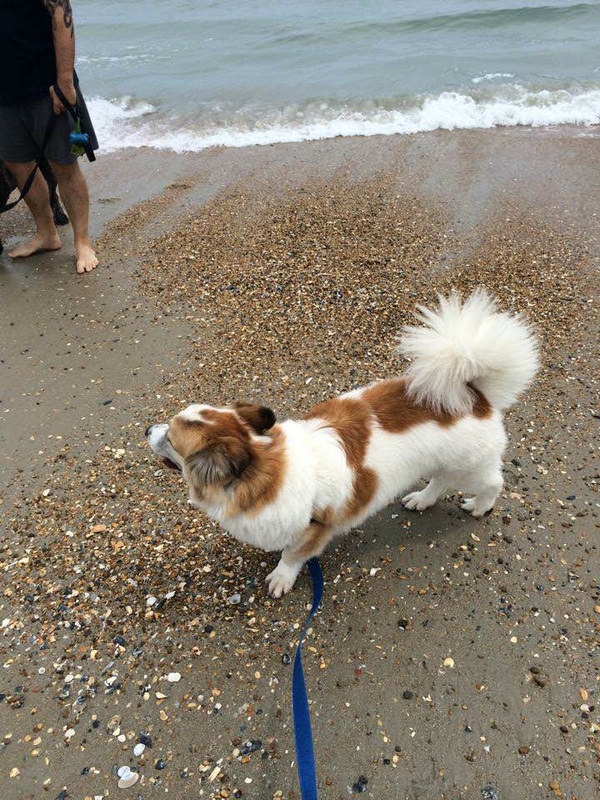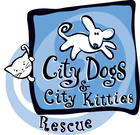Never Give Up Hope: The Story of Flipper

As told by Flipper’s mom Alissa:
I started fostering Flipper in February of 2012. Flipper was rescued from a shelter in rural VA and the volunteers told City Dogs Rescue that Flipper had some resource guarding issues. I immediately contacted a local trainer in Washington, DC to help us with his behavior. After a month of good progress with training, Flipper had a major setback when he bit me over a bone. I contacted the Directors and we discussed options for him. They said I could continue to foster him until they found him a suitable home or give him back to CDR immediately. They were completely understanding and supportive of my situation and realized how difficult this was for me emotionally. I didn’t feel pressured by anyone from CDR to keep Flipper in my household, but I knew that he and I already had a special bond. After much consideration, I decided to continue to foster Flipper while having a dog trainer work with us on rehabilitation of his food aggression.
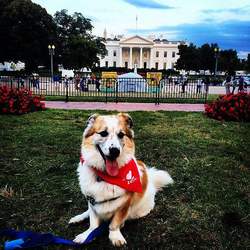
Three months later, after seeing much improvement, I decided to adopt Flipper in June 2012. Flipper and I started to create a great understanding of each other and, more importantly, I learned a great amount of information on pack leadership, dog body language, behavior, and reactivity. Flipper’s food aggression made a vast improvement, but there were still certain environments where I could tell he would feel uncomfortable and stressed out. I took it upon myself to be the pack leader he needed and to modify his environment so that his level of stress never caused him to be reactive. In the summer of 2013, Flipper bit a dog at a daycare facility and I was told that he could not return. Before, he was only guarding food, but this incident was over the water bowl. We had gone through all the training, I had spoken to various behaviorists, and I even had a chance to meet with Cesar Milan. I contacted the CDR Directors to discuss this new elevated aggression Flipper had started and I was questioning my next move for him. Daycare was no longer an option and a dog walker could be fine, but the overall quality of life for he and I would diminish if I could not take him to the dog park for socialization. Clearly Flipper needed more training that what I could provide him. Dave, one of the CDR Directors, suggested I look into a rehabilitation facility called Forever Home, in Virginia Beach.
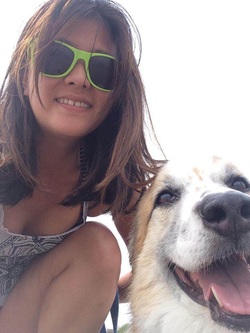
I contacted Forever Home Rehabilitation Center and discussed Flipper and inquired if they would have space available for him. Forever Home Rehabilitation Center is a board and train facility that specializing in rehabilitating dogs that need that extra step. Forever Home said Flipper would be away for a minimum of three months and in December 2013, Flipper was accepted into the program. It was difficult to say goodbye to him and know that when I returned home, he would not be there waiting for me. I was heartbroken, but knew that I was making the right decision for him and I for the long run. I received updates every month on the types of training techniques they were using, how Flipper was responding to them, and how he was doing overall.
In April 2014, I was finally able to bring Flipper home. I spent 2 hours at Forever Home learning the new behavioral techniques and training for Flipper and learned how to properly read his body language, eyes, and his signals for stress. Since Flipper’s return, I have been able to bring him on vacation to VA Beach with other dogs, vineyards where food and other dogs are around, and take him out to restaurants that are dog friendly, and most importantly, we’ve been able to go back to the dog parks.
The biggest lesson I have learned from Flipper is understanding his body language and what are stressor cues for him and how to properly correct it. Not every dog is going to be easy, but I want others to know that there is a light at the end of the tunnel for dogs that just need that extra help.
And CDR is there to help along the way.
